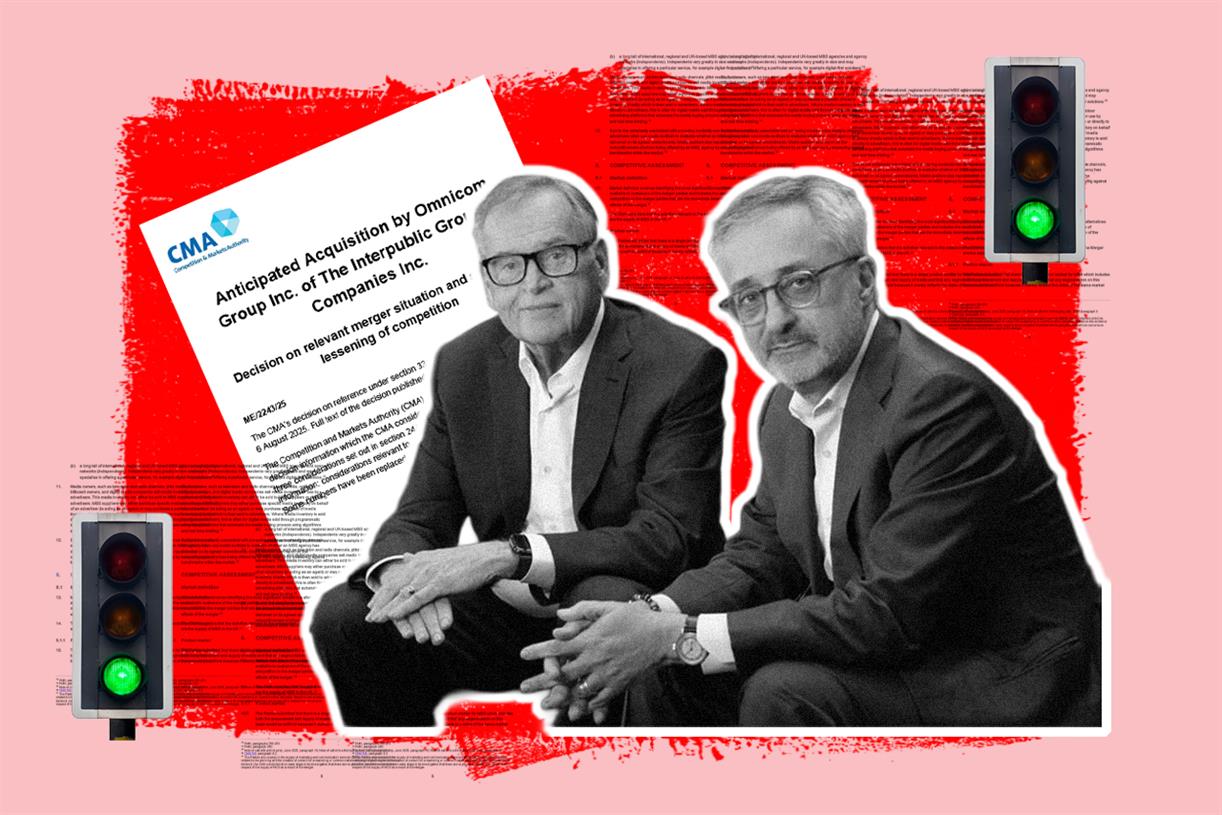Brand Building 101: Learn How to Build a Brand
Having an original idea may be key to success, but the embodiment of that idea is in a different ballpark. Building a strong, recognizable brand is akin to having a matching lock to said key. The content behind it...

Having an original idea may be key to success, but the embodiment of that idea is in a different ballpark.
Building a strong, recognizable brand is akin to having a matching lock to said key. The content behind it is the piled-up success that stands the test of time. You can copy a quality key, but a strong lock? Not so much. Pretenders may try to peek through the keyhole but in vain.
A brand goes beyond a simple logo or a witty name.
Creative branding services help businesses with all branding aspects, from presenting their unique value proposition (UVP) to the market, creating a brand identity from the ground up, to simply optimizing your core messaging and company values.
What is a Brand?
As we pointed out, a brand transcends the visual aspects that first come to mind when you say the word.
McDonald’s famous “M” and Apple’s, well, Apple, are just the cherry on top, crowning the whole brand experience with a recognizable signature.
The brand is intangible. It is the emotional relationship, a connection between a business and a customer. For that reason, people form strong bonds with their preferred brands, and you can often hear their vocal opinions about the topic.
Have you ever witnessed heated arguments between Coke and Pepsi drinkers? Or between Sony PlayStation and Xbox fans?
Choosing between various brands plays the immeasurable part of one’s own identity, often subconsciously.
Brand Identity
Before affecting the user identity, brands need to formulate their own.
Brand identity comprises a multitude of elements, including company values, messaging, communication style, offering, color palette, logos, etc.
Another essential component of brand identity is the company’s reputation. Although it plays a significant role, it is not what business ventures try to convey in their messaging. Instead, it’s the epitome of customer feedback.
All these factors reflect your brand to the outside world, and the global market’s perception of your efforts is basically your brand identity.
People need to know what they can expect from your company. Meeting and maintaining their expectations is essential to establishing your brand.
Define Yourself
“Know thyself.”
This ancient Greek proverb means that you should first and foremost know your own character so you can be aware of your quality and limitations.
To build a successful brand, first, you need to think hard about why your brand exists in the first place. Mind you, that doesn’t mean you should bombard your prospective customers with a long history of how you started out. Your story is for you only; sharing it comes after.
Once you figure out your roots, you should have a clear idea of your business’s primary purpose, goal, personality and promise.
Recognize Your Audience
The purpose of figuring out what your company is all about is reaching your target audience, your ideal customers.
Who is your target audience? Who did you have in mind when you designed/imagined your product and service?
Various demographic aspects you need to consider when defining your audience include gender, age range, economic stability, education, location, lifestyle, interests, behavior patterns, relationship with competitors, needs and many, many more.
Some of these are easier to define. For example, location-wise, you’ll likely target prospects near you, or if you sell women’s apparel, gender targeting isn’t complicated, even though current social trends are shifting.
Remember, your product/service is not for everyone, so trying to appeal to everyone is not only futile but may backfire.
Investigate Your Competitors
Let’s say that you are new to your niche and you aren’t sure who your competitors are.
The first logical step would be Googling your product/service type and seeing what comes first.
The second step is reading through customer reviews to know which obstacles are waiting around the corner.
It is advisable that along the way, you take notes of what works and what doesn’t so that you can improve upon your competitors’ previous experiences.
Create Your Brand Strategy
Now that you are confident in understanding the previous points, you can contextualize them in a brand strategy.
Can you define your brand’s primary value and message in just a couple of short sentences?
A brand positioning statement should offer your customers a general idea of who you are, what you do, and how you do it.
Your brand strategy is somewhat of a textbook, both for you, your team, and your clients and customers. It should contain your:
Mission: Statement that tells how you plan to achieve your goals Vision: Statement that describes what your goals are in the future Unique Value Proposition (UVP): Statement that tells what defines and differentiates your product/service Unique Selling Proposition (USP): Statement that tells the unique benefits of your product/service compared to competitors. Brand DNA: List of short adjectives and sentiments that trigger emotional hooks.Pick Your Name and Visual Elements
No formula can tell you how to think of your brand name. While some companies start with ringing names and ideas next, for most, it comes naturally.
Take your time, but don’t waste it focused on being original. Instead, whether you choose existing or coin new words, try to fuel your decision by thinking of your business, brand goals, and experiences that lead you to that point.
Logos and design elements, however, do follow a set of pretty flexible rules. So visual trends aside, you’ll find that specific fonts suit some businesses better than others.
Some fonts and shapes may suggest professionalism, while others convey creativeness, efficiency, or even humor.
When it comes to the color palette, contrast, and such, you’ll see that some hues have a precise meaning and entice different emotions. So choose the ones that reflect you best, and remember to stay consistent.
Build Your Platform
Once you’ve set your mind on your story, purpose, audience, unique differentiator, and visual elements that encompass them, it’s time to share with the world via an adequate platform.
Most businesses begin with a website, adding other interconnected platforms to it.
You can produce currently popular podcasts, explainer videos, and, most importantly, content for social media networks.
Let’s go back to your unique value proposition.
When designing your website, remember to be authentic by emphasizing your UVP.
Keep your visitors emotionally hooked with the right messaging, invest in memorable design, and stay consistent.
Promote Your Brand
Now comes the fun part! Once your brand has been built out, it’s time to promote it.
The course of your marketing campaigns will also vary depending on your niche and target audience.
Whether it’s social media, old-school radio ads, magazine covers and billboards, various media outlets, YouTube videos, email marketing, Google ads, or something unconventional, every promotional method must mirror your brand strategy.
Personalize
As much as it is in your power, of course, personalization is becoming one of the ruling marketing trends.
You should adjust your tone based on your target audience research. Please get to know your customers and target audiences’ pain points, needs and analyze their social media interactions.
Ideally, every customer should feel as if you’re speaking directly to them. Of course, the direct approach would be through sign-up forms and newsletters, but even when it comes to your website copy, blogs, and social media promotions — avoid robotic and too formal language.
Over-enthusiastic lingo is also frowned upon, as it reeks of artificiality.
Only by being authentic will you attract customers, clients, and future advocates for your brand.
Which leads us to…
Brand Advocates
Great branding is contagious! A great user experience (UX) transforms a simple prospect into conversion and into a brand advocate.
There’s no better marketing tactic than satisfying your customer. Encourage customer reviews on your website and partner with influencers to expand your target reach.
Conclusion
Branding is essential. Without it, your venture is just one faceless drop in the ocean. Building a brand and staying true to the values you, yourself, presented is the first step to skyrocketing your business.
Branding establishes trust with your audience. Consumers recognize when the messaging is hollow, so keeping your promises will keep people coming back for more.
Remember, your brand is your reputation.
Image Credit: Provided by the author; Shutterstock; Thank you!
Jessie Connor
Jessie Connor is a passionate writer and researcher from Brisbane, contributor at several business and lifestyle blogs, hooked on yoga and healthy living. She loves to spend her free time travelling, reading and of course – shopping!

 Fransebas
Fransebas 
































